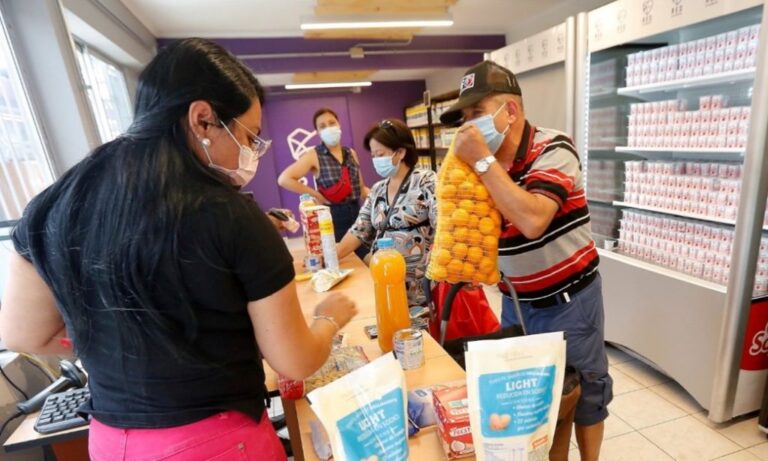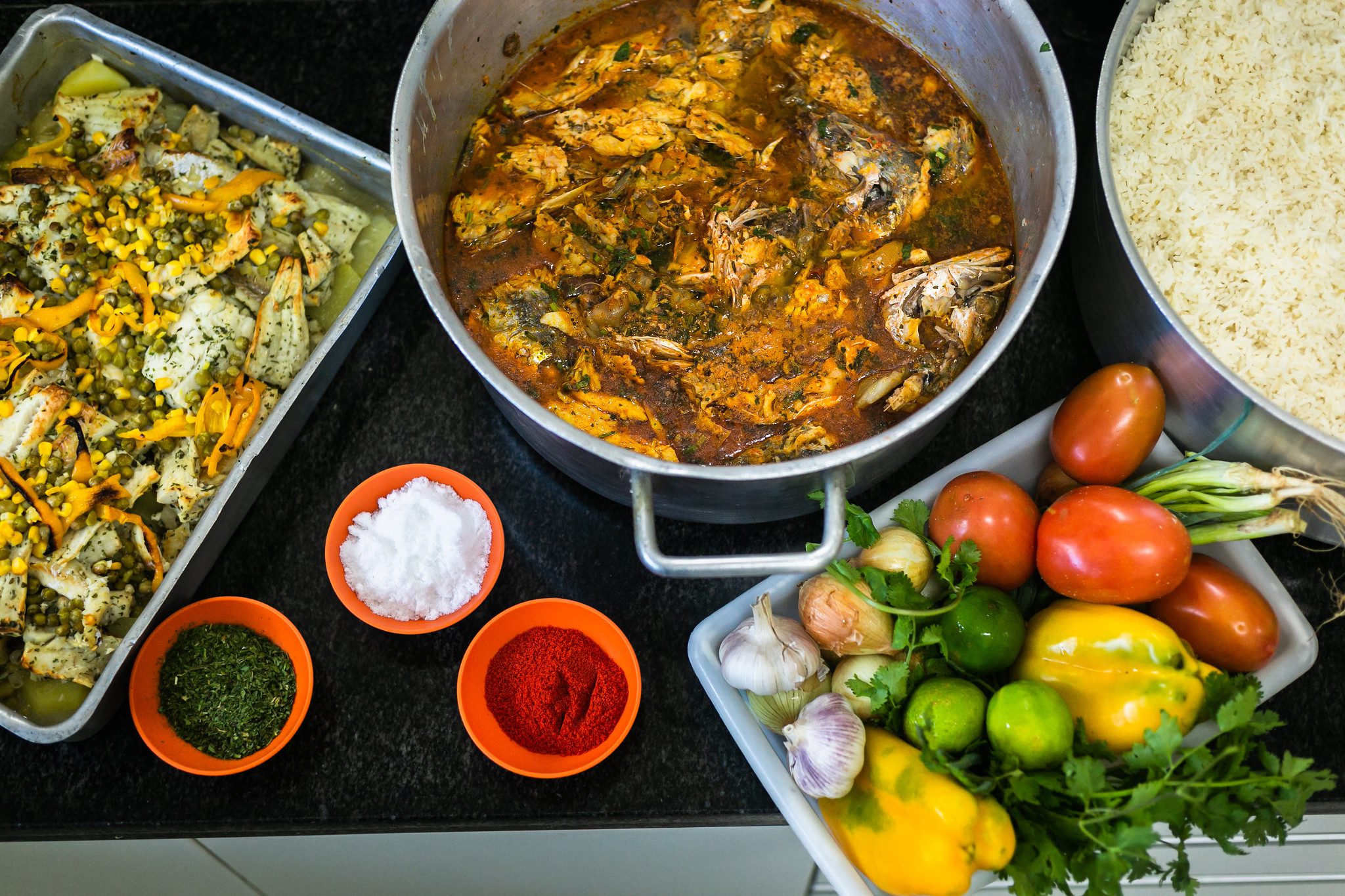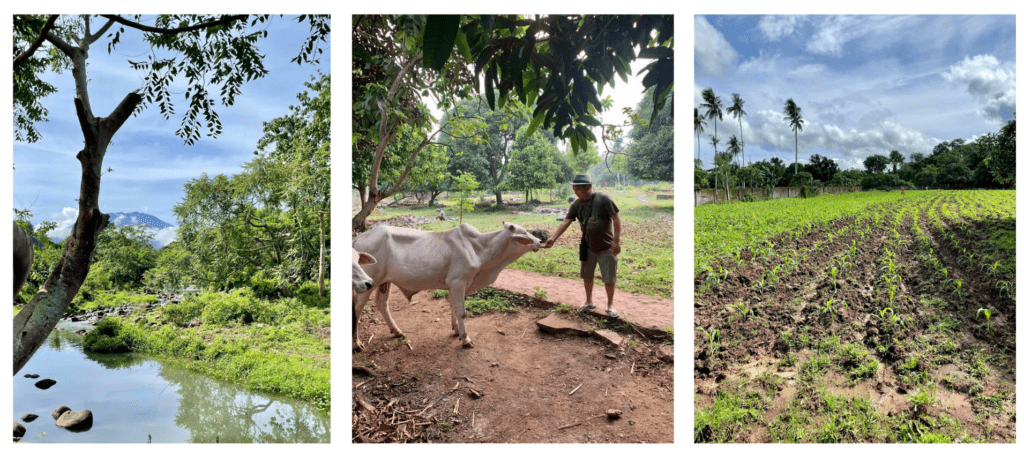Nutrition is the foundation of a healthy life. To reach their full potential, people need both food security—adequate and consistent access to food—and a nutritious diet. Unfortunately, healthy diets are expensive and inaccessible for many people around the world. According to The State of Food Security & Nutrition in the World 2021 (FAO), nearly 3.1 billion people were unable to afford a healthy diet in 2020, and this number is likely now higher due to the impacts of COVID-19, climate change, conflict, and cost-of-living crisis.
What are GFN member food banks doing to ensure that people have nutrition security and what does this look like in their communities? We sat down with four food bankers from Honduras, Israel, the Philippines, and South Africa to share the ways food banks are improving nutrition outcomes amid global uncertainties.
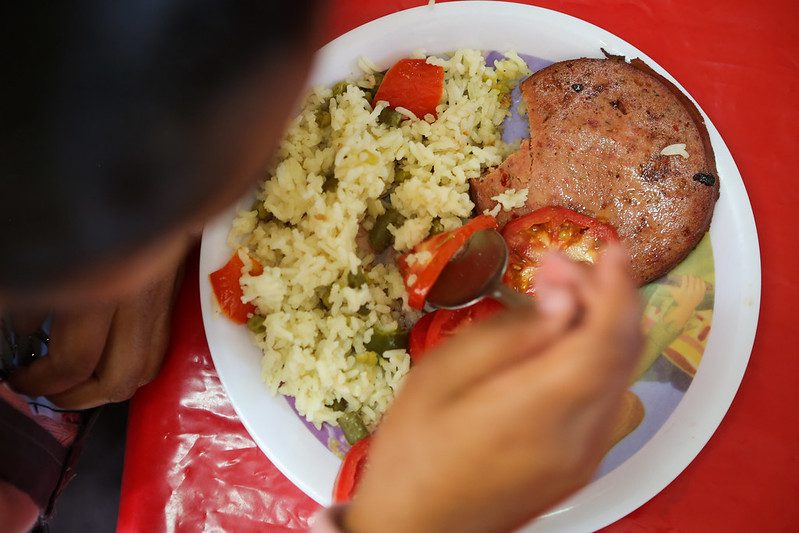
GFN: How does your community define a nutritious meal?
Deirdre Adams, fund development manager at Food Forward South Africa: From a nutritionist’s point of view, I think the definition of “nutritious” would be a universal one—for example, a meal where the main “food groups” of starches, grains, fruit and veg, legumes, proteins, dairy, and fats, are consumed. A typical meal in South Africa might look like pilchards (tinned fish) and baked beans, curry with pap (maize meal) and butternut squash and spinach, or chicken curry with rice, beetroots, and carrots.
Eduardo Andrade, social management and nutrition coordinator at Fundacion Bancos de Alimentos Honduras: We consider an “all foods fit” model, with proper proportions and preparation. We take into account that for the communities we serve, healthy foods are culturally acceptable (the foods produced by the communities and those that have the minimum industrialization process), and meet the required needs for proteins, carbohydrates, and fats for each age group of the population. An example of healthy meals includes rice, beans, and eggs with a corn tortilla and tomato salad or chicken stew with rice and vegetables.
Jomar Fleras, executive director of Rise Against Hunger Philippines: Nutritious food contains high levels of vitamins and minerals. The rice-soy meals that we distribute are fortified with nutrients like iron, calcium, and B vitamins, which are needed for the proper growth and development of children and other nutritionally at-risk groups.
Smadar Hod Ovadia, director of nutrition and food Safety at Leket Israel: Israel’s national dietary recommendations are based on Mediterranean diet principles, which include menus rich in a variety of foods with a vegetable source and unprocessed foods, daily consumption of vegetables, fruit, whole grains, and healthy fats; weekly consumption of fish, poultry, beans, and eggs; moderate portions of dairy products; and limited intake of red meat. Israel’s Ministry of Health recommends five servings of vegetables and three servings of fruit daily.
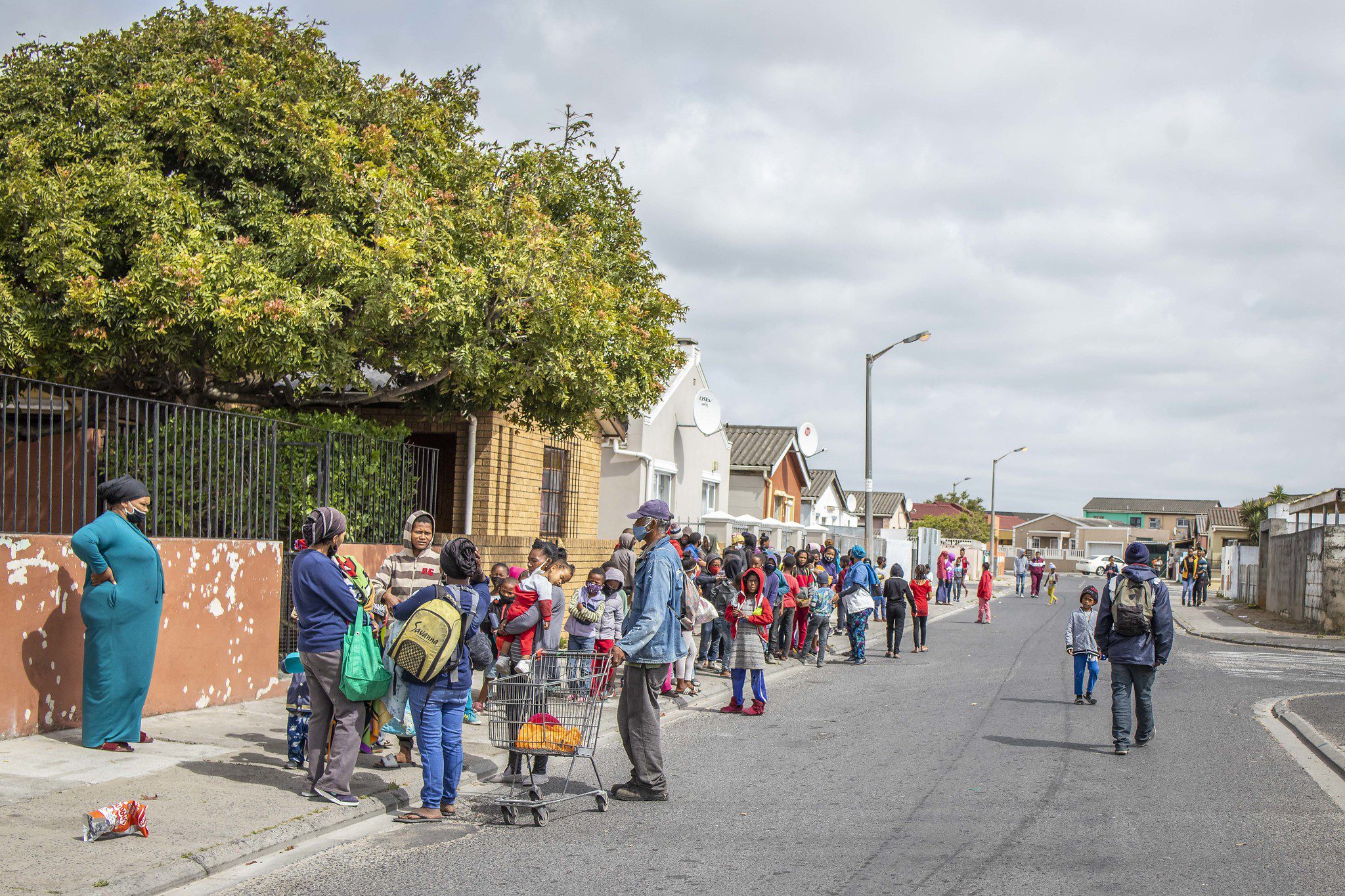
How has access to healthy food changed in the face of the COVID-19 pandemic, rising costs, and other factors?
Deirdre Adams (South Africa): The pandemic, South Africa’s low economic growth forecast, load shedding, and food price inflation have all contributed to the cost-of-living crisis we’re seeing today. Load shedding, or shut offs to electricity due to lack of supply, has resulted in near-daily blackouts and is impacting food production and is contributing to higher food costs. We are also seeing lower volumes of donations from manufacturers, and it’s more logistically challenging to recover and store perishable and nutritious foods like fruit and vegetables.
Eduardo Andrade (Honduras): Availability and access to food has been reduced due to the pandemic, increasing costs to produce food, and fuel prices. This situation is exacerbated by the high level of unemployment and a weakened economy, political instability, and lack of support from the authorities for small and medium-sized producers and entrepreneurs in the food sector.
On a broader level, globalization and industrialization of food have increased the availability and access of highly processed foods, which are displacing the healthy foods in people’s diets.
Jomar Fleras (Philippines): It is very challenging for RAHP to maintain the caloric and nutrient density of foods [distributed] because of the rising cost of ingredients caused by the COVID-19 pandemic, but we are very grateful for the constant support of GFN and other donors because we are able to sustain our food banking and dietary supplementation program that still allow us to provide healthy foods to communities.
Smadar Hod Ovadia (Israel): Even before the economic crisis that hit the world following the pandemic, a fifth of the country’s population suffered from a lack of food security, including about a third of Israel’s children. Unfortunately, the increased costs of healthy food (fruit and vegetables in particular) and limited budgets hinder people’s ability to choose healthy meals. Inadequate nutrition is associated with morbidity from non-communicable diseases and is a problem that must be addressed.
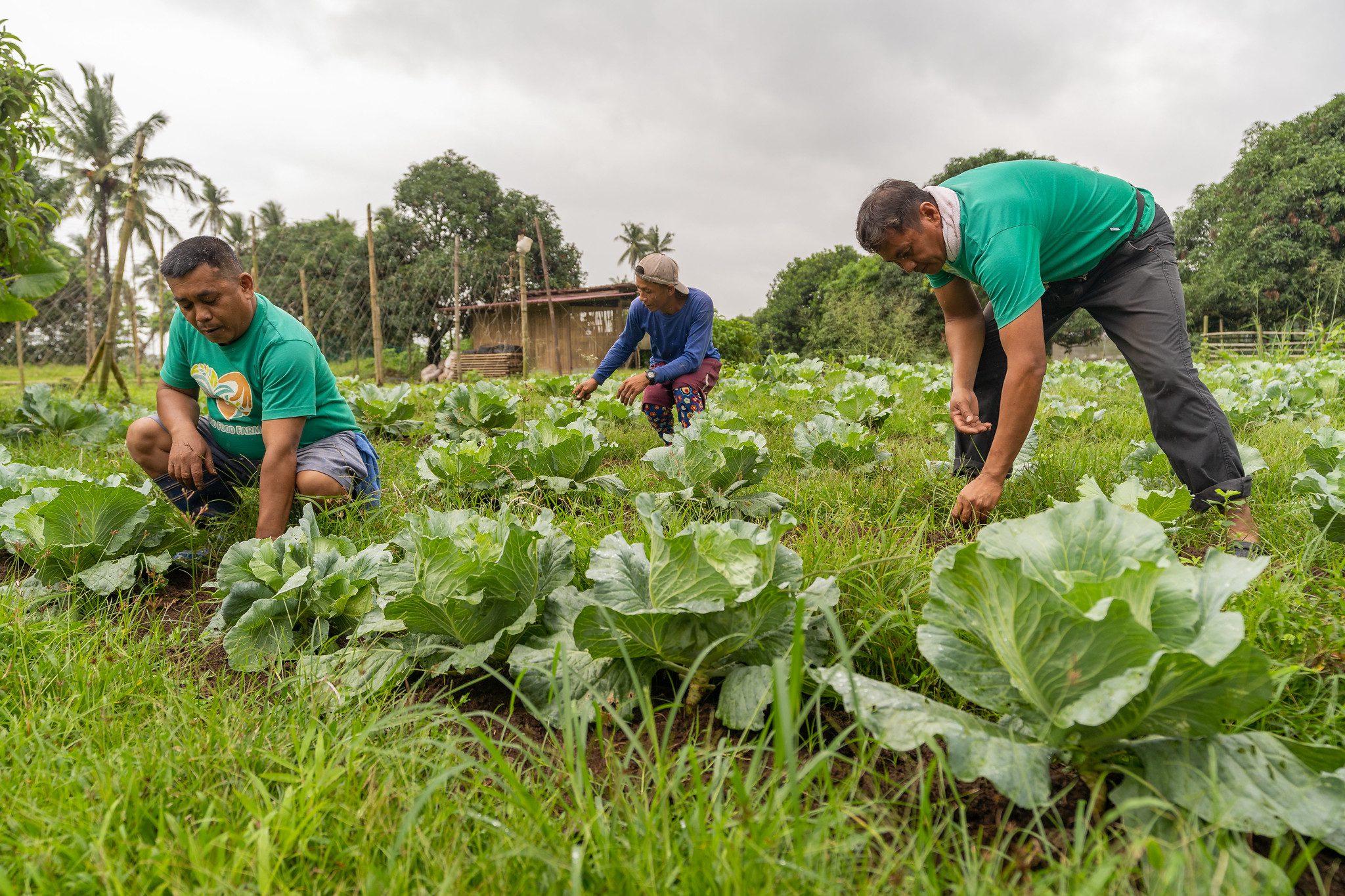
How is your food bank trying to improve nutrition and health outcomes?
Deirdre Adams (South Africa): In South Africa, more than a quarter of children under 5 years are stunted, which is symptomatic of chronic food insecurity. In May, we will launch a new program focused on mitigating poor nutritional status outcomes in pregnant mothers and young children.
Eduardo Andrade (Honduras): We have many different programs that help meet these objectives. Through our Nourishing Hearts program, we conduct nutritional evaluations for community members and provide nutrition education based on the findings to strengthen the adoption of good eating habits and improve health and nutrition status. And our school meal program distributes nutritious, complete, culturally acceptable lunches every day during the school year to improve nutrition and food security in children, reduce school absenteeism, and encourage the development of healthy lifestyle habits.
Jomar Fleras (Philippines): We are working to increase the distribution of produce and other nutritious product. Our Good Food Farms produce locally grown vegetables to distribute in our food packages and used to prepare our hot meals. Additionally, we will soon launch a Food & Agricultural Recovery Mobilization project in Northern Luzon that was based on the recommendation of a food surplus study done by Accenture Development Partnerships. One of our objectives is to create infrastructure to increase the recovery of surplus produce from farmers so that less is lost during the processing and handling stages. This project will ultimately help more people access healthy foods like fruits and vegetables.
Smadar Hod Ovadia (Israel): We believe that if people facing food insecurity are receiving their one meal a day from Leket Israel, then it is our responsibility to ensure that we are providing a high-quality nutritious meal. Therefore, we only distribute 100 percent nutritious meals packed with vegetables, fruit, healthy proteins, grains, and more. We distributed 27,000 tons of fresh fruit and vegetables to our partner NGOs, ensuring the food baskets delivered are of higher nutrition quality.
Additionally, we have several nutrition-related programs. Our Leket Health nutrition program includes nutrition education workshops, which demonstrate how to live a healthy lifestyle while on a limited budget. We have programs for specific populations, for parents and children, the elderly, and people with different mental abilities. Leket Israel has also created a new initiative, producing half pints of frozen soups from surplus vegetables [that] has a shelf life of one year. This is especially beneficial for the elderly who have a hard time with solid foods and those who cannot spend a long time cooking.
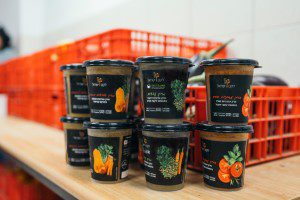
As we look to the future, it is clear that food banks will continue to play a vital role in ensuring access to nutritious food for all, especially in the midst of global challenges like inflation, natural disasters, and more. Learn how you can support member food banks’ responses and help build community resilience.

